Vollebak Island is a sustainable utopia off the coast of Canada that comes with blueprints for biophilic homes, a Japanese-style bath house and greenhouse for growing food. Jenny Southan reports
Conceived by Steve and Nick Tidball, the twin founders of maverick clothing brand Vollebak, which produces limited-edition apparel such as Equator technical clothing for extreme heat and the Indestructible hoodie, Vollebak Island is up for sale via Sotheby’s Concierge Auctions (pre-sale estimate: US$5 million to US$10 million), and comes complete with achitectural plans by Bjarke Ingels Group (BIG).
Located off the coast of Nova Scotia, Vollebak Island is “architecturally ambitious yet radically simple”, combining some of the world’s most futuristic materials with nature and the built environment.
Completely self-sufficient, the 11-acre wilderness is 50 minutes from Halifax in Canada. Structures by BIG that can be built on the land include the 597 sqm Earth House, consisting of nine interconnected buildings, and the 88 sqm Wood House, a standalone garden suite on the island’s eastern shoreline. Steve Tidball, co-founder of Vollebak, says: “We make clothes from the future, and Bjarke creates the architecture of the future. So we wanted to join forces to create something truly unique – a vision of the world as we see it.
Steve Tidball, co-founder of Vollebak, says: “We make clothes from the future, and Bjarke creates the architecture of the future. So we wanted to join forces to create something truly unique – a vision of the world as we see it.

“Vollebak Island is a blueprint for how we can build a more sustainable future. If you can build this one island, the principles can be scaled to a neighbourhood, a city, or eventually the planet.”
The plan is for the island to be fully powered by carbon neutral energy through a combination of geothermal, offshore wind and solar power, with the energy stored in Tesla power walls.
The Earth House will be a village-like cluster of bespoke buildings that will “gently rise from the ground at the heart of the island, resembling land art as much as architecture”.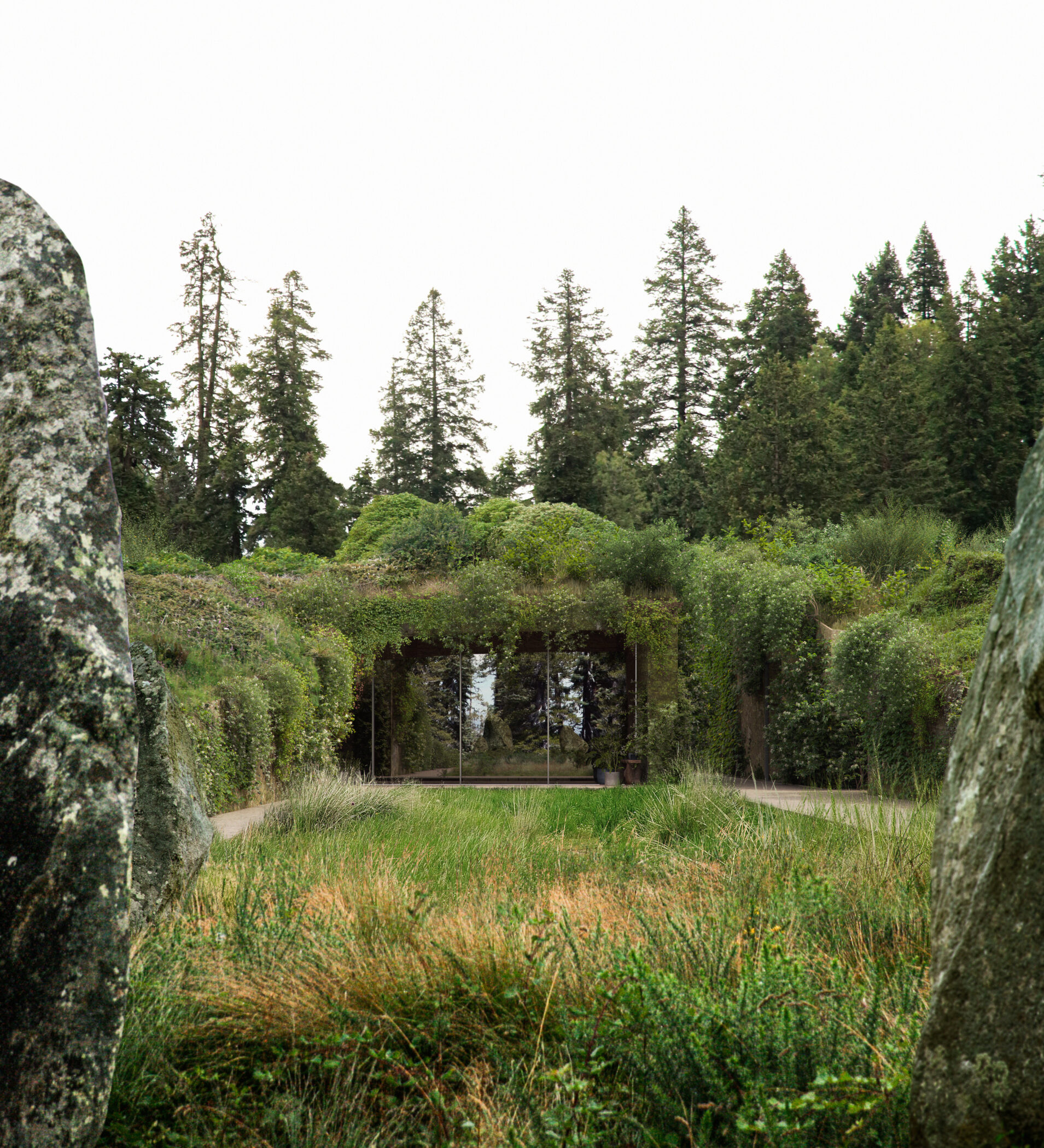 The permeable layout will create various open spaces for socialising, allowing nature to intertwine with architecture. The structures will represent specific fragments of nature, each intentionally built with a different material and playful elements of surprise interwoven throughout.
The permeable layout will create various open spaces for socialising, allowing nature to intertwine with architecture. The structures will represent specific fragments of nature, each intentionally built with a different material and playful elements of surprise interwoven throughout.
Serving as a gateway to the island, Earth House’s living and dining room made entirely of weather resistant and naturally insulating thatch will be a central gathering space for cooking, eating and relaxing around a large six-metre Viking fire pit.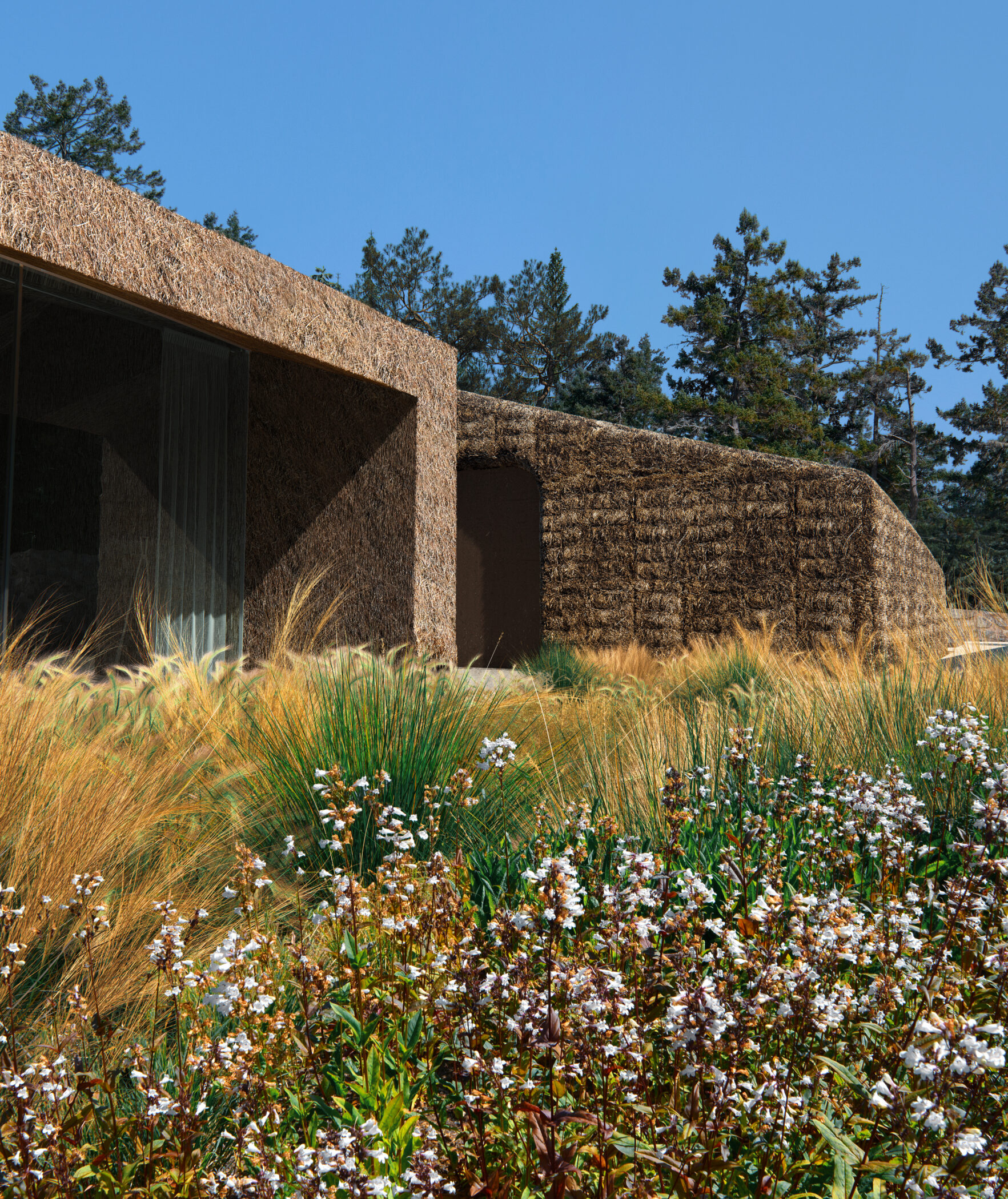 Residents and guests will reside in one of the four bedrooms made of fire retardant “hempcrete”, 3D-printed concrete or naturally occurring boulder. For recreation, people can rejuvenate in a Japanese-style bath house with soaking tubs cut from the stone bedrock, or have a first-class view of the galaxy in the sunken hempcrete stargazing room and meditation space.
Residents and guests will reside in one of the four bedrooms made of fire retardant “hempcrete”, 3D-printed concrete or naturally occurring boulder. For recreation, people can rejuvenate in a Japanese-style bath house with soaking tubs cut from the stone bedrock, or have a first-class view of the galaxy in the sunken hempcrete stargazing room and meditation space.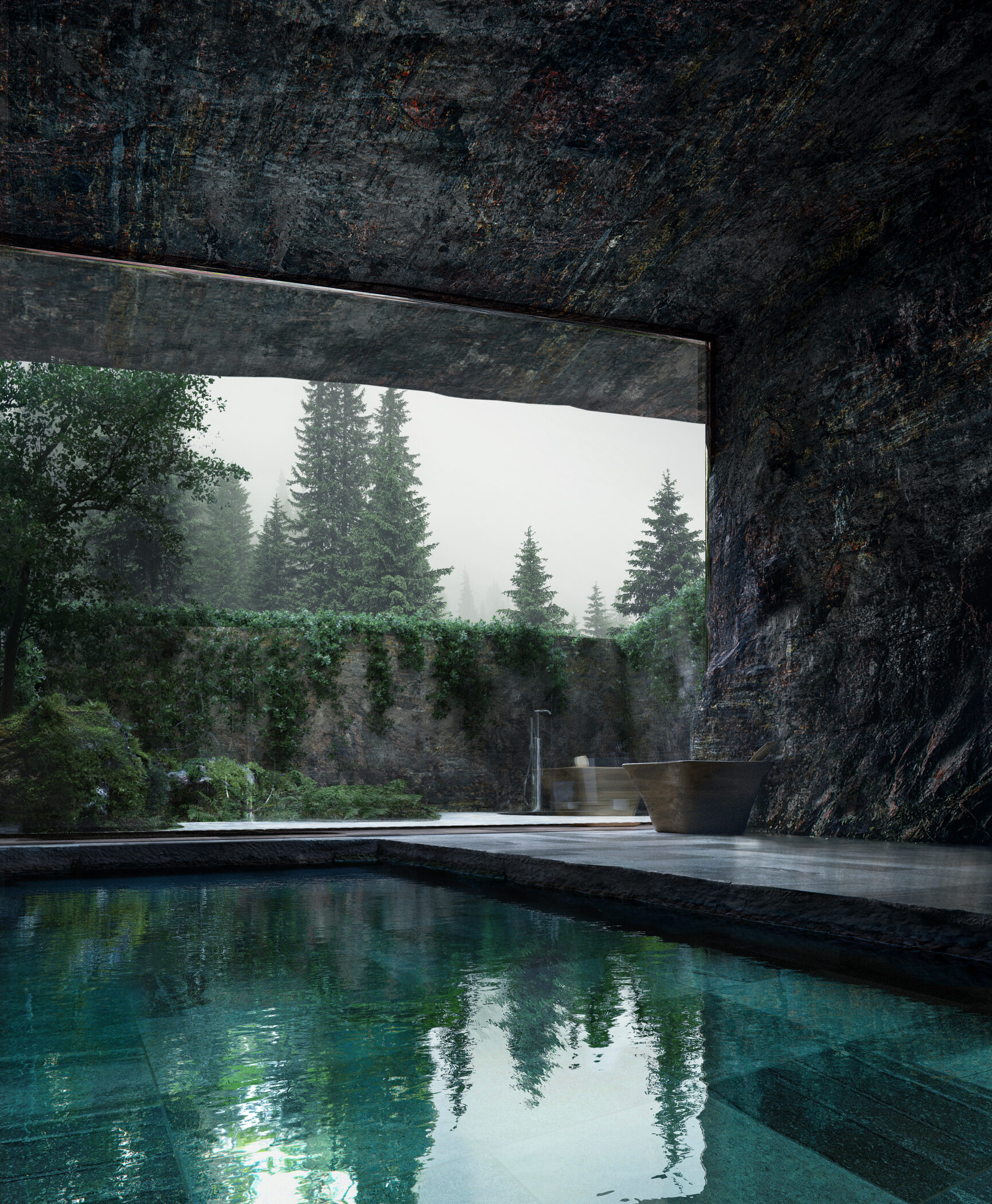 Bjarke Ingels, founder and creative director for BIG, says: “Vollebak is using technology and material innovation to create clothes that are as sustainable and resilient as they are beautiful. In other words, the fashion equivalent of BIG’s architectural philosophy of Hedonistic Sustainability.
Bjarke Ingels, founder and creative director for BIG, says: “Vollebak is using technology and material innovation to create clothes that are as sustainable and resilient as they are beautiful. In other words, the fashion equivalent of BIG’s architectural philosophy of Hedonistic Sustainability.
A greenhouse made entirely of glass brick will grow food for the island; energy will be stored in a building with a solar roof and submarine door; and the boat house will honour a local tradition of using regenerative seaweed as insulation.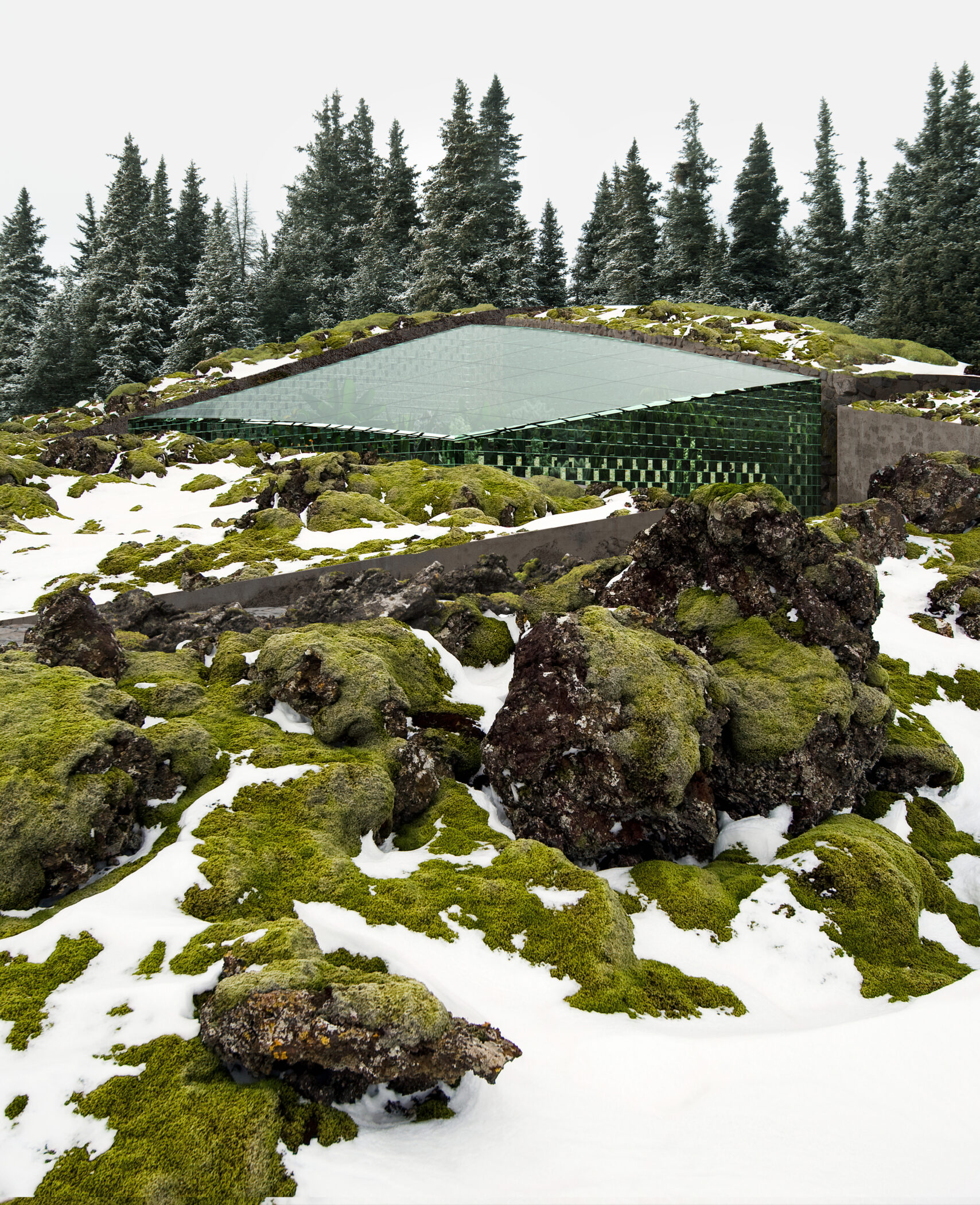 The roofs will incorporate shrubs and other flora to reduce storm-water runoff and ease the burden on sewers and water treatment systems.
The roofs will incorporate shrubs and other flora to reduce storm-water runoff and ease the burden on sewers and water treatment systems.
Complementing Earth House will be the Wood House annex, a self-sustaining two-bedroom, two-bathroom residence with a durable exterior made entirely of wood from the island, essential for extreme climate conditions. The monolithic façade will be able to open and close toward the seaside, showcasing a vast eight-metre triangular vista over the water.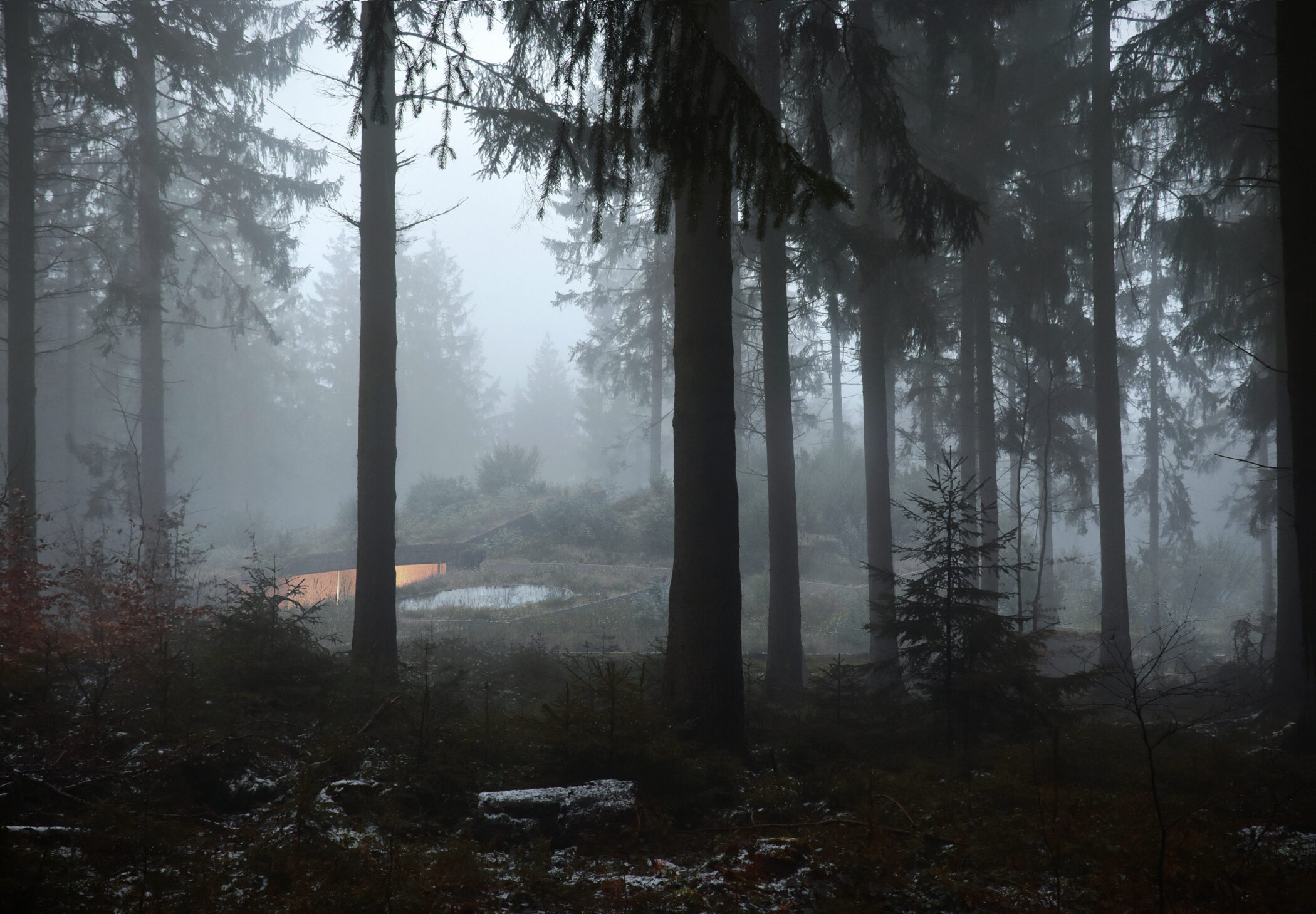 Every design detail at Vollebak Island will “help to foster the closest possible connection to nature, acting as a curated extension of the island’s organic topography and creating a living environment that blurs the boundaries between inside and out”. The beach, the woods, the cliffs, the landscapes and the sunsets will all be part of the house on Vollebak Island.
Every design detail at Vollebak Island will “help to foster the closest possible connection to nature, acting as a curated extension of the island’s organic topography and creating a living environment that blurs the boundaries between inside and out”. The beach, the woods, the cliffs, the landscapes and the sunsets will all be part of the house on Vollebak Island. Nick Tidball, co-founder of Vollebak, says: “With Vollebak Island, we wanted to provide people with a glimpse of the future – a vision for how we might one day live on our planet – but one that can be built in real life today. As we head into an uncertain world of climate change, space colonisation and resource scarcity, Vollebak Island imagines a truly sustainable future here on Earth, where architecture, design and materiality all work hand in hand with the natural world, not against it. It’s the home of the future as a fully living, breathing ecosystem.”
Nick Tidball, co-founder of Vollebak, says: “With Vollebak Island, we wanted to provide people with a glimpse of the future – a vision for how we might one day live on our planet – but one that can be built in real life today. As we head into an uncertain world of climate change, space colonisation and resource scarcity, Vollebak Island imagines a truly sustainable future here on Earth, where architecture, design and materiality all work hand in hand with the natural world, not against it. It’s the home of the future as a fully living, breathing ecosystem.”

